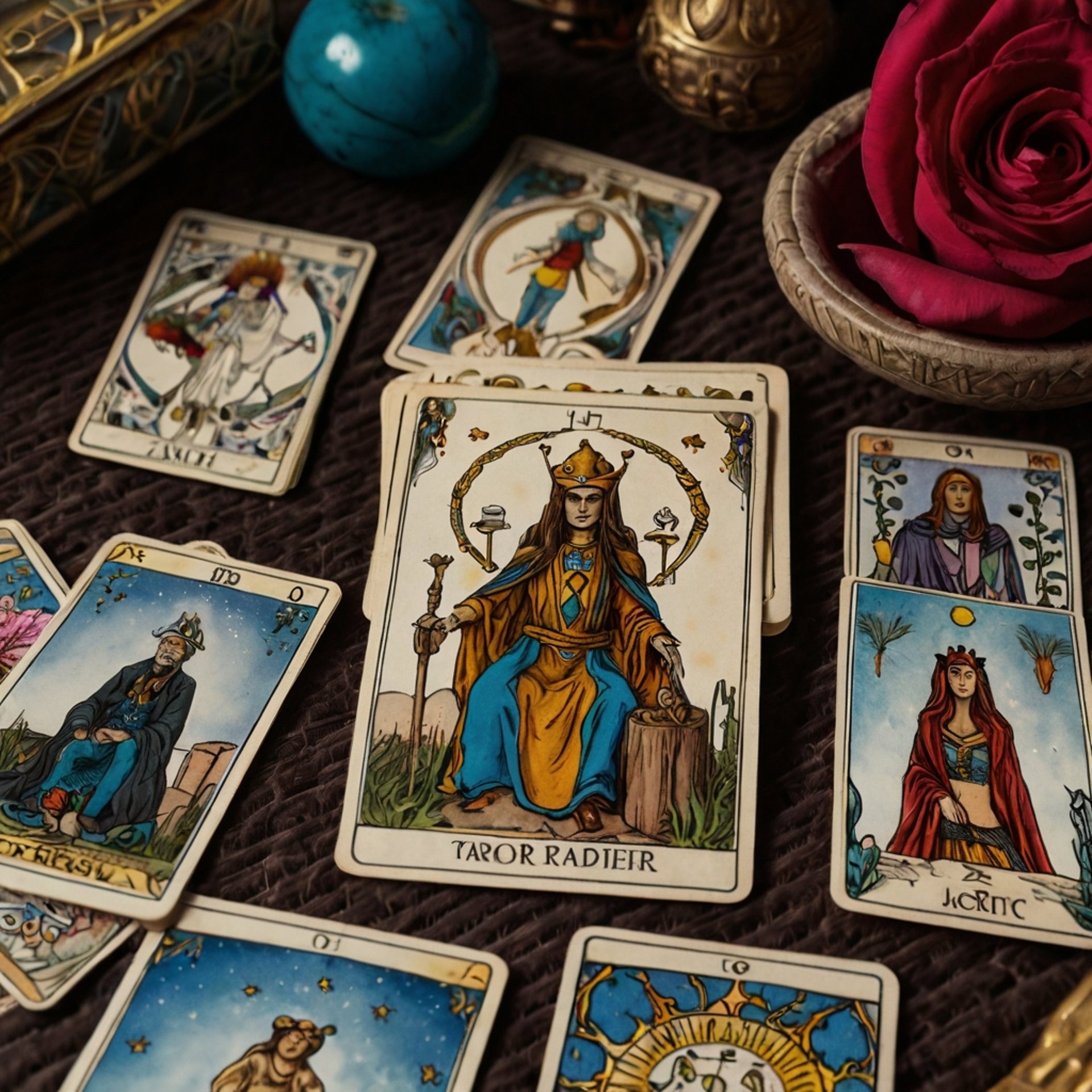
The History of Tarot
From Noble Card Game to Spiritual Tool
The Tarot deck has traveled an incredible journey through time. What began as a beautifully illustrated card game in the courts of Renaissance Europe has evolved into a trusted tool for spiritual reflection, personal insight, and intuitive guidance.
Whether you’re new to tarot or deep in your practice, understanding its history enriches your connection to the cards and the wisdom they hold.
🎴 Origins in 15th Century Italy
Tarot began in 15th-century Italy, originally created as a game for nobles called tarocchi. These early decks were hand-painted for wealthy families and featured four suits—similar to modern playing cards—plus a special set of symbolic "trump" cards known as trionfi or triumphs.
At this stage, tarot had no known spiritual or mystical associations. It was simply a pastime for the elite.
🧩 The Structure of a Tarot Deck
By the 16th century, the tarot had developed into a 78-card deck, divided into:
Major Arcana (22 cards): Powerful archetypes like The Fool, The Lovers, and The World, representing life’s deeper themes.
Minor Arcana (56 cards): Four suits—Cups, Swords, Wands, and Pentacles—each with ten numbered cards and four court cards (Page, Knight, Queen, King).
This format remains the foundation of most modern decks today.
🔮 Tarot and the Occult Revival
In the late 18th century, thinkers like Antoine Court de Gébelin and Etteilla claimed that tarot cards contained hidden wisdom from ancient Egypt. While this was not historically accurate, the idea inspired a wave of esoteric interest that forever changed tarot's purpose.
By the 19th century, secret societies like the Hermetic Order of the Golden Dawn embraced tarot as a symbolic map of spiritual truth. They linked it to astrology, alchemy, Kabbalah, and Hermetic philosophy.
🖼️ Modern Iconic Decks
Two of the most influential tarot decks emerged in the 20th century:
The Rider-Waite Tarot (1909): Created by A.E. Waite and artist Pamela Colman Smith, this deck is known for its clear, story-rich illustrations that remain the standard for many readers.
The Thoth Tarot: Designed by Aleister Crowley and painted by Lady Frieda Harris, this deck is deeply symbolic and rooted in mystical tradition.
These decks paved the way for the many diverse and artistic decks available today.
🧠 Tarot in the 20th & 21st Century
In modern times, Tarot has taken on new life—as a spiritual guide, a psychological mirror, and a self-reflection tool. Thinkers like Carl Jung saw the cards as mirrors of the subconscious, rich with universal symbols and archetypes.
Today, tarot is practiced by people of all backgrounds, whether for meditation, journaling, healing, or intuitive decision-making.
✨ A Living Tradition
Tarot is more than just cards—it’s a tradition passed down and reshaped over centuries. From its origins as a noble pastime to its role today in spiritual growth and personal insight, tarot continues to evolve while maintaining its core: a sacred space to explore life’s mysteries.
Want to experience the Tarot for yourself?